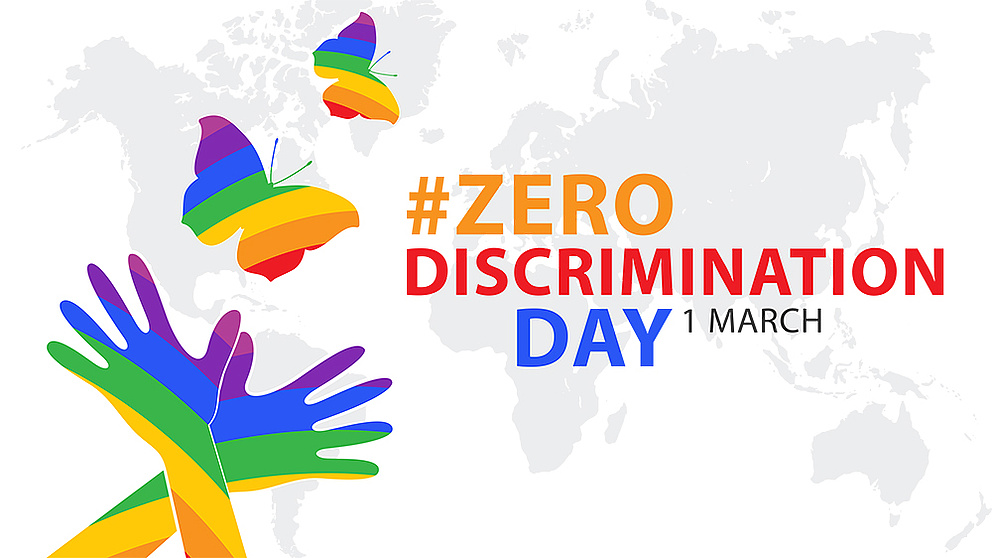

Contact
Press, Communications and Marketing
Tel.: +49 228 833-144
Fax: +49 228 833-441
presse[at]avh.de
In 2022, 39 million people in the world were living with HIV. That said, the number of AIDS-related deaths has dropped by 69 percent since the peak in 2004. So, the world has made enormous progress in its endeavours to stop AIDS posing a threat to public health by 2030.
Nevertheless, there are still laws and practices that discriminate, in particular against women and girls as well as other marginalised groups, stigmatising them and hampering access to HIV prevention, tests, treatment and care. In the African countries south of the Sahara alone, more than 77 percent of new infections in 2022 were amongst girls and young women from 15 to 24.
On the tenth anniversary of Zero Discrimination Day on 1 March 2024, we asked epidemiologist and Humboldt Professor Till Bärnighausen (Heidelberg Institute of Global Health) about the challenges facing the fight against HIV as well as what we can do to protect the rights of those affected and counteract discrimination.

The German epidemiologist Till Bärnighausen is the director of the Heidelberg Institute of Global Health (HIGH) at Heidelberg University Hospital. An expert on global health, he is also Adjunct Professor of Global Health at Harvard University, United States, and Senior Faculty at the Wellcome Trust’s Africa Health Research Institute in South Africa. In 2017, he was awarded an Alexander von Humboldt Professorship.
Humboldt Foundation: What do you consider to be the major obstacles in the current fight against HIV in the world?
Till Bärnighausen: We have the methods to defeat HIV in the long run. Current treatment allows people infected by the virus to live just as long as people who don’t have HIV – even in countries with fragile health systems. So, we don’t have to wait for a vaccine or other approaches to get a grip on the pandemic. The obstacles to combatting the HIV pandemic have more to do with using global resources in the long term. Unfortunately, supply and availability in resource-poor countries are currently stagnating or dropping. It is unclear to what extent good, comprehensive treatment for people who live with HIV can be maintained in the coming decades. If they were to break down, there would be a threat of another rise in the HIV pandemic.
How has the stigma attached to HIV and AIDS changed over the years – not least thanks to new medical therapies?
The stigma attached to HIV has decreased significantly as a result of treatment and the cultural “normalisation” of the disease. But it is a mixed picture, and we still need to do a lot to raise awareness. A population study in South Africa, for example, shows that 15 years ago, people who were being treated for HIV didn’t want to talk about their illness. They were ashamed or feared social consequences. Now, many people who are being treated for HIV are prepared to talk to strangers about it, just as they would talk about other chronic diseases like diabetes and high blood pressure. At the same time, there are others for whom their illness is still a taboo – and this perception reduces the motivation to be treated for HIV.
What can we do to counter prejudice and discrimination? And what does the global health system need in order to deal better with the social aspects of healthcare?
In the world’s health system, the focus is on people – patients, nursing staff, doctors. In all these groups knowledge and understanding of the disease needs to be enhanced if we are going to actively address stigma in the prevention and treatment of disease. Moreover, interventions must be context specific. In some health systems young women experience discrimination because they are refused effective modern methods of contraception or medication to prevent possible contact with HIV. One reason for this problem is the social attitude that decrees that young women should not be sexually active before marriage. But there are now ever better ways of successfully counteracting this kind of group discrimination by open and equal treatment.

